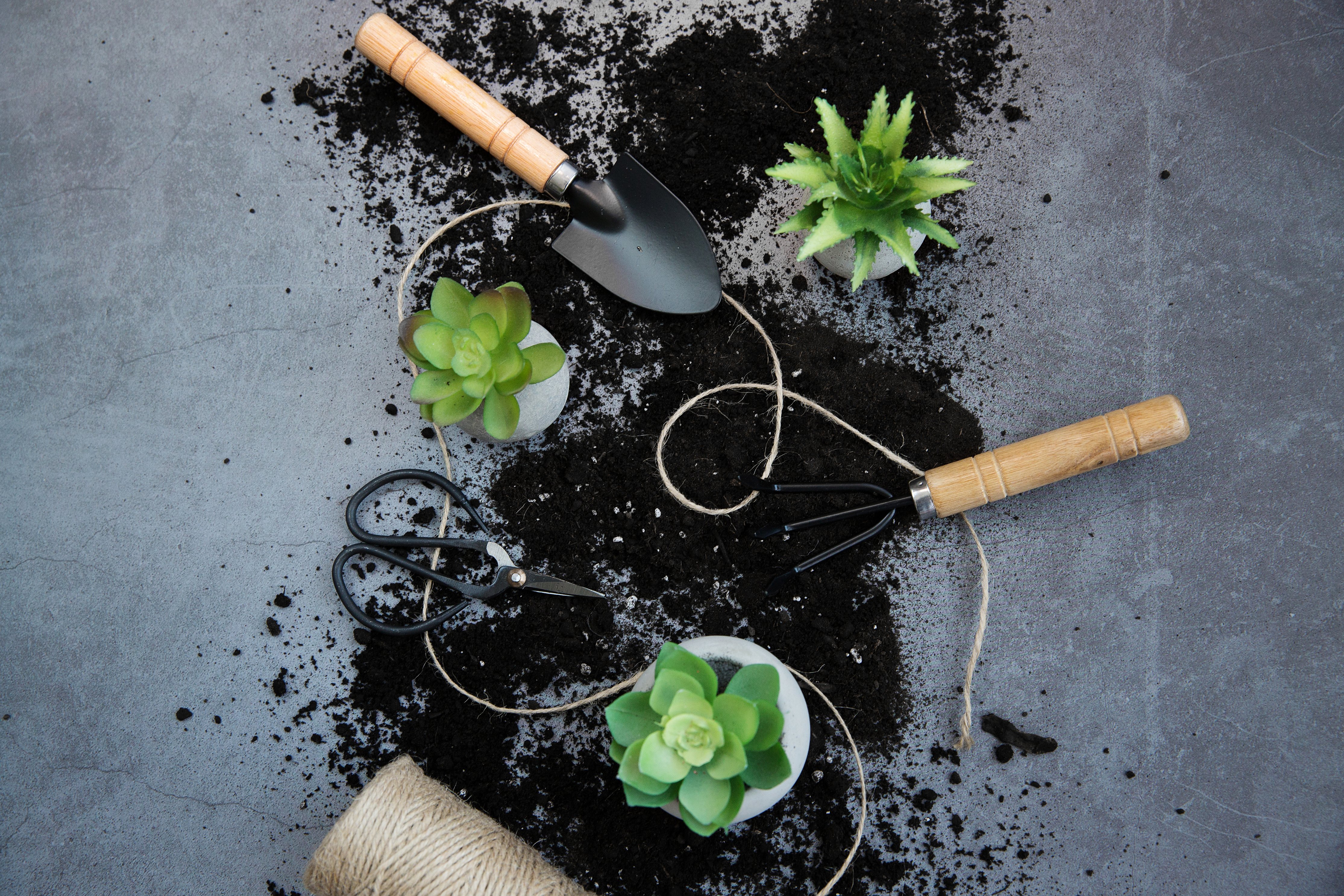Last week we talked about the various benefits of gardening and the best plants to start with. This week we'll dive into some tips and tricks to getting started. A 2017 research article revealed some surprising health benefits that result from tending a simple garden. A few of the health outcomes that were observed include ‘reductions in depression, anxiety, and body mass index, as well as increases in life satisfaction, quality of life, and sense of community.’ Whether you consider yourself an advanced gardener and are interested in some fresh ideas, or have never before tended a garden and want to get started, check out the gardener’s guide below!
Gardener’s Guide – Getting Started
Location, Location, Location
Place your garden in an area that you see regularly. Make sure the area receives at least 6 hours of sunlight during the day. Lastly, chose a location that is near a water source, allowing a hose to run to the garden site easily.
Start With Soil
Invest in a soil that is nutrient-rich and well-drained. There are many options you can choose from. One involves mixing 3 inches of Miracle-Gro All Purpose Garden Soil into the top 6 inches of existing soil.
Consider Containers
Many vegetables, herbs, flowers, and fruit trees can grow well in pots. You may consider using pots or containers especially if space is tight.
Picking the Plants
It’s important to match plants with the growing conditions. For example, place plants that need lots of sunshine in sunny areas and place squash and pumpkin plants in open areas or next to a trellis to accommodate for the vines.
Know Your Zone
A ‘hardiness zone’ refers to the coldest place a plant can grow and survive. The higher the number, the warmer the climate. Find out your hardiness zone here! Once you have this, you will better be able to select plants that will thrive in your area.
Plan Your Plant Dates
Planting too early in the season or too late can often wreak havoc in the garden. Click here to find out your spring frost date and fall frost date to set your plants up for success!
Feed Plants Regularly
Be sure to water plants regularly, according to their need. Flowers, vegetation, and trees all may require slightly different amounts. If you want to take it a step further, purchase plant food and add it to the garden a month after planting.
The Right Tools
Lastly, make the experience of tending your garden an enjoyable one by purchasing a few simple tools. Check out this gardening tool kit below! Find it here!
-1.png?width=300&name=1127895_OSW%20Tagline%20Logo_081021%20(1)-1.png)


